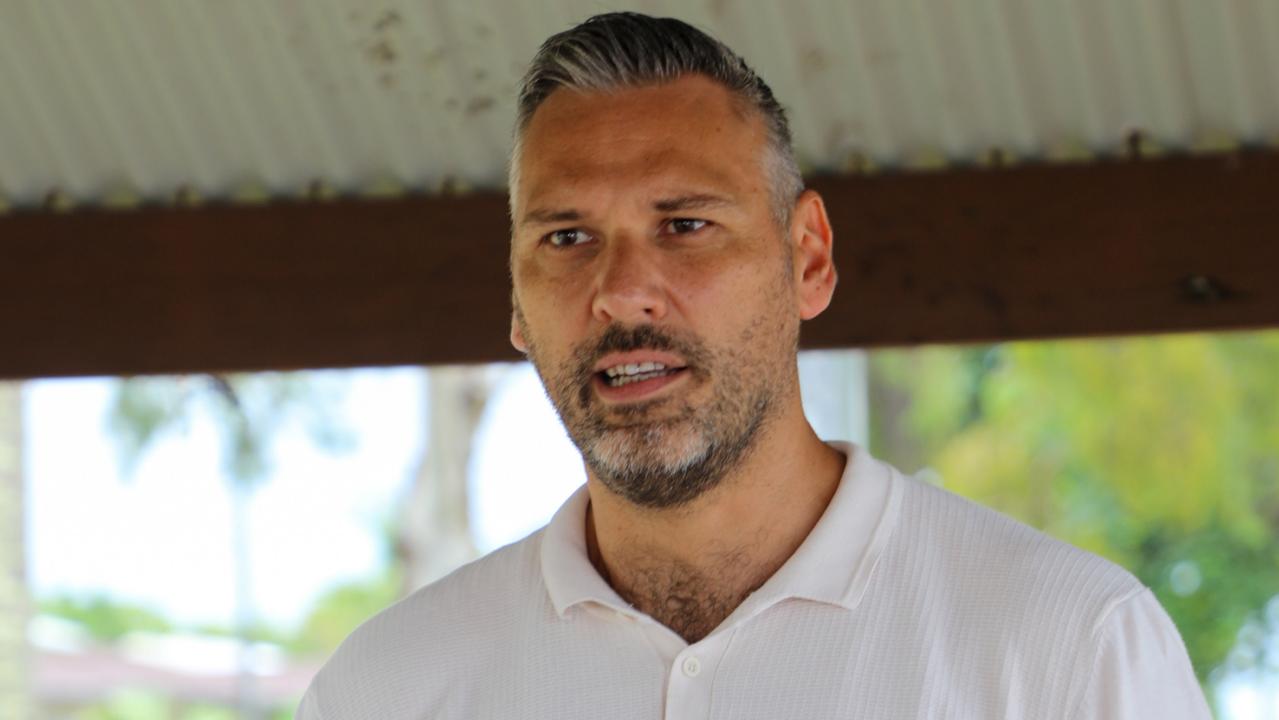Blue water dreaming: Vision for $1bn Torres Strait Reef Regeneration Plan outlined by traditional owners
The Torres Strait could be home to the world’s largest reef restoration project by 2033, creating economic opportunity, increasing marine biodiversity and protecting ancient cultures in the process. HERE ARE THE PLANS
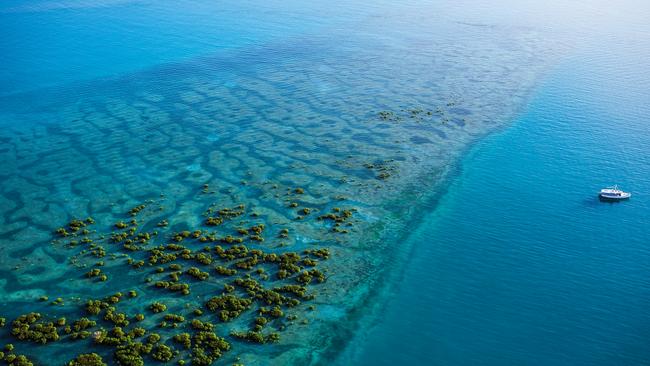
Cairns
Don't miss out on the headlines from Cairns. Followed categories will be added to My News.
The Torres Strait could be home to the world’s largest reef restoration project by 2033, creating economic opportunity, increasing marine biodiversity and protecting ancient cultures in the process, First Nations elders say.
Led by traditional owners in the Torres Strait and the tip of Cape York, the $1bn Reef Regeneration Program aims to build around 200km of artificial reefs throughout the region over an estimated eight-year period.
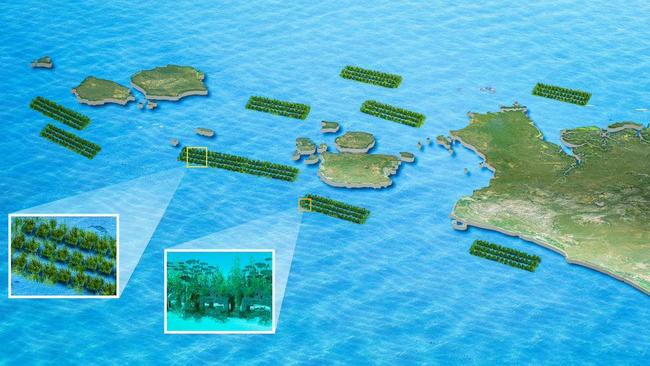
Under the proposal, the Meriam Ira Per and Gudang Yadhaykenu Tribal Governing Councils (GYTGC) have partnered with Indigenous advisory group, the Treaty Council Worldwide.
The first stage of the project, set to start later this year, will be undertaken by Korean-based reef developer, HaejooX, who won the contract to build the acclaimed Dubai Reefs in January.
The man-made reef located in the Persian Gulf – which will be home to more than one billion corals once finished – is currently the world’s largest ocean restoration project.

But HaejooX chief executive Ryan Paik said its next project, set in the turquoise waters of the Torres Strait, will be the largest artificial reef complex of its kind when completed.
“This is by far the biggest development,” Mr Paik said. “It will be rolled out in phases.
“Phase one will take about two years to build a 20km reef and then once there is more infrastructure, we can really scale up.
“If we complete the project north of Cape York, it will be at least double the size of what we have here (in Dubai).”
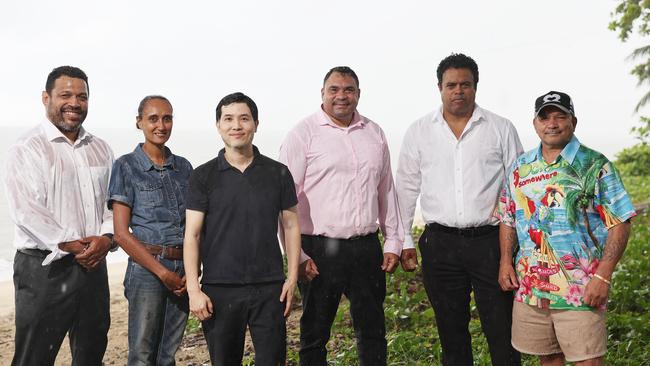
A preliminary survey and concept design has already been completed for the remote area, located more than 900km north of Cairns in Far North Queensland.
“We’re trying to build man-made reefs in the sandy areas, turning these marine deserts into more like a forest,” Mr Paik said.
“It could be a coral forest with mangroves with the reefs designed and built to protect these mangroves, providing the phosphate for the corals.
“The reefs can be designed in a way to provide an ideal habitat and also spawning grounds for mother fish, along with coral and seaweed to create the ecosystem.”

The underwater network could foster sustainable fisheries and provide low-lying islands with barriers from rising tides, GYTGC chief executive Nicky Thompson Wymarra said.
“This is for our generations to come,” Mr Thompson Wymarra, who lives in the Northern Peninsula Area, said. “It has always been a matter of urgency but so far not much has been done.
“Because of coral bleaching and the dying off of some of our reefs, we felt that with our local knowledge there was a solution to the problems we face through global warming and rising high tides.
“Our council and elders stand in solidarity with the Torres Strait and Haejoo in addressing some of these issues.”
Hundreds of jobs will be created through the privately funded program as part of the green economy, Mr Paik said.
“This also impacts climate change because reefs have a huge capacity to hold down carbon dioxide,” he said.
“It can be geared towards deriving (carbon) credits and biodiversity credits for the local communities.
“We can also transplant some of the coral into deeper parts of the ocean like this where it is a colder climate.”
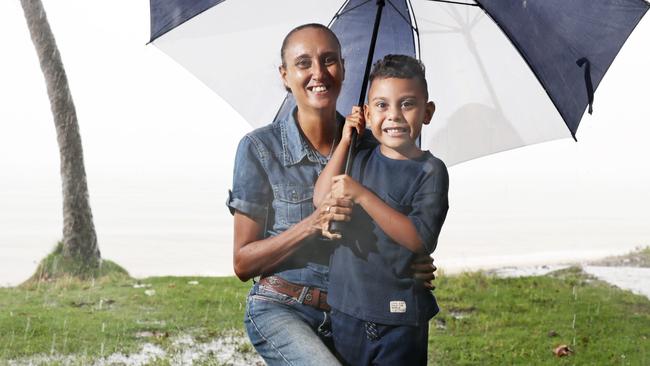
Meriam Ira Per Tribal Governing Council’s Maria Turpin said traditional owners had been in negotiation with HaejooX for several years with added benefits on dry land.
“This partnership is a testament to our determination to protect our land and sea,” Ms Turpin said. “The reef’s regeneration will benefit marine life and enhance our people’s livelihoods.”
The survival of key species throughout the Torres Strait, including coral trout and crayfish depended on the project’s future and viability, Mr Paik warned.
“By 2050 we may not have any of these naturally occurring fish because our coral reefs are dying and they’re losing their habitat and ecosystem,” he said.
“We want to try to help avoid that. But also we want local communities to find jobs and a sense of purpose through rehabilitating their foreshore.”
Treaty Council Worldwide adviser James Fa’Aoso agreed.
“Our alliance is not just about restoring the reef — it’s about ensuring our cultural and ecological heritage thrives for generations to come,” Mr Fa’Aoso said.
“This project symbolises hope and resilience for our communities and the future of the Torres Strait.”
The project’s first phase will involve sourcing funding through a proposed $600m public-private partnership investment.
More Coverage
Originally published as Blue water dreaming: Vision for $1bn Torres Strait Reef Regeneration Plan outlined by traditional owners




